The Essential List 25. Emma Apple Chozick’s Objects That Feel Like Home
The brand consultant shares her favorite art and design books, a nostalgic appliance line, her go-to lamp, and how branding, design, and storytelling shape the things we surround ourselves with.
Today, I’m excited to feature Emma Apple Chozick, a New York City-based brand consultant and design journalist. Emma is also the creator behind the popular TikTok account @gr8collab where she explores the intersection of brands and design. I’ve mostly avoided TikTok, but I have so much fun — and learn so much — watching her videos.
Sometimes while traveling, I find myself looking forward to being reunited with certain items at home towards the end of the trip. It’s usually nothing fancy — maybe my bed, my coffee maker or my air popper — but it always gets me thinking about those comforts that always make home feel like home.
Emma had a similar experience on a much larger scale. After putting all of her belongings into storage for six months while moving to New York City, she was finally reunited with them in February when she moved into her new apartment. Seeing her essentials again made her appreciate some more than she expected, while others just felt like stuff.
First, Emma shares the items that truly make her space feel like home. Then, in our Q&A, she talks about her dream first job collaborating with hundreds of brands in the DTC space, how her TikTok account grew into an opportunity to launch her own brand consultancy, and why she loves putting herself in rooms where she doesn’t know what anyone is talking about. Enjoy!
Anything from the Alessi Plissé collection (I have the tea kettle and toaster oven). When my parents got married, they registered at a local cookware shop that carried a lot of Alessi, so I grew up with the brand’s product line. Naturally, it’s the brand I have the strongest affinity with and love purchasing for my own space.
Le Creuset Round Dutch Oven I’ll admit, I didn’t fully get the hype on this until I got one as a gift a couple of years ago. Now, I can’t stop making stews and soups. (I have the ganache color, which might be sold out.)
Kartell 3-tier Componobili in Violet. This has lived a lot of lives — currently as the perfect nightstand for hiding all those miscellaneous things that find their way to my bedside, but in a previous apartment, it stood in the bathroom as extra storage.
A diverse collection of art and design coffee table books and magazines. This is more than one item, but the point is that each person’s collection is uniquely theirs, so you really can’t boil it down to just one book. I’ve just been reunited with my collection and decorating a new apartment, so I am finding myself rereaching for Alex Eagle’s More than Just a House, a Jorge Pardo book by Petzel, various issues of Apartamento, and Phaidon’s new Italian Interiors.
IKEA FADO Table Lamp I’m a huge fan of IKEA’s brand world (dream client!), and this light is a tried and true, in my opinion. It’s held up since college and still friends are always shocked to find out it’s $30. Some things are classic for a reason!
JIMTAB Projector This isn’t the chicest thing I own, but a few years ago, I got real with myself about how little TV I watch for someone who had one taking up precious living room wall space. So I decided to ditch mine for a projector, hang art in its place and just take it off the wall any time I wanted to watch something. There are certainly a lot fancier of projectors on the market, but this one gets the job done and I actually enjoy watching with it more than I ever did a Panasonic.
Tell me about your background — how did you get into brand consulting?
I've always been really into branding and design. Honestly, even in high school, I had a clothing resale business — I was just fascinated by how brands connect with people. At the time, "community" as a concept wasn’t as big as it is now, but I was already drawn to the idea of how brands bring people together. I used to host pop-ups out of my garage, which, looking back, was kind of ahead of its time. Of course, it wasn’t exactly the way bigger brands do it now, but that was really the beginning for me.
My first internship was at Fuck Jerry, the meme account, which was very digital-heavy. They were running Instagram ads before that was really a thing, and I got deep into the digital world. But at the core of it, I was always interested in people—how they gather, how they engage with brands.
But in November 2023, I decided to start posting on TikTok, and it took on a life of its own. I started talking about the intersection of brands and design — how design-led brands come to life and the people behind them.
After graduating, I joined Thingtesting as their first community hire. The platform was already known for helping people discover brands, but there wasn’t much user-generated content. My job was to shift people from just consuming content to actually contributing — writing reviews, engaging more actively. In 2022, I took over curation, handling brand selection for the platform. That meant working with brands like Graza olive oil when they were just a year from launch, or Vacation sunscreen before their viral Whip sunscreen came out. I got to see these disruptive brands grow from the ground up.
At the same time, I’ve always had a love for design. I grew up in a mid-century contemporary home—my parents were really into design—so it was a big part of my world. In 2023, I started writing for Architectural Digest, which felt like a completely separate lane from my work in CPG. But in November 2023, I decided to start posting on TikTok, and it took on a life of its own. I started talking about the intersection of brands and design — how design-led brands come to life and the people behind them.
At first, it was just content I was personally interested in, but I quickly realized there was a real connection between branding and design that others found valuable too. That led to freelance projects, and eventually, I decided to go off on my own and start gr8 collab. Now it’s been about a year of consulting full-time — definitely challenging, but really fun and exciting.
Can you explain what Thingtesting does for those who might not be familiar with it?
Absolutely — Thingtesting actually started as an Instagram account in 2018. The founder, Jenny, was working at a VC firm in London at the time, during the big boom of direct-to-consumer brands. She noticed that while all these brands had beautiful packaging and branding, it wasn’t always clear if anyone had actually tried their products.
When you search for a brand online, the first thing that comes up—even if you're looking for reviews—is usually the brand’s own website. And a lot of the time, those reviews are curated, paid for, or cherry-picked to drive sales. The whole space was noisy and oversaturated. So Jenny started reviewing brands both as an investor (“Would I fund this?”) and a consumer (“Is this worth buying?”), quickly gaining 25,000 followers — which was huge for Instagram at the time.
Our whole philosophy was that people deserve real reviews from real people.
People really started tuning in for her reviews, but she quickly realized she couldn’t test everything herself. So they built out the Thingtesting directory as a place to discover new brands. I joined just a few days before reviews went live on the site, and at the start, I was manually approving reviewers. Our whole philosophy was that people deserve real reviews from real people. But at that time, we didn’t have the tech in place to verify trusted reviewers, so we had to do it manually—checking LinkedIn profiles, making sure people didn’t work for the brands they were reviewing, and identifying people who were genuinely passionate about sharing honest feedback.
It was fascinating because so many of these reviewers weren’t motivated by rewards—they just genuinely wanted to help others. Of course, we introduced incentives over time, but even then, I’d talk to users who’d say, “I don’t need the freebie, I just want to help someone make a better purchase decision.” It reminded me of Yelp’s top reviewers or the early Foursquare mayors—just people who love to share their opinions.
One of the biggest programs I developed there was Thingdrop. It started as a simple discount in a newsletter, but quickly took on a life of its own. Brands would come to me saying, “We’re launching a product, but no one wants to try it because there aren’t any reviews yet.” And at the same time, users were always asking how they could try new things for free. So we created this program where brands could offer their products at an 80% discount at launch—sometimes even before launch—so users could be among the first to try and review them.
Ultimately, my role at Thingtesting was about building engaged users and engaged consumers, but also making sure brands felt valued—not just like another name in a crowded marketplace. It was truly a dream first job. In some ways, it felt like working at an agency because I got to collaborate with hundreds of brands. But unlike an agency, if a brand had a last-minute formulation issue and had to delay a launch, I could just say, “No problem, call me when it’s ready,” instead of having to scramble to fix it. It really was the best of both worlds.
Do you have some favorite brand or product discoveries from your time there?
I got really into these niche, small home-ish products. There were a lot of interesting bar soap brands launching. We had already seen the rise of brands like Aesop and the whole status gel hand soaps that became a thing. But then there was this shift back to simplicity, with these beautiful, sculptural bar soaps.
There’s a fragrance brand ORMAIE, and they have these incredible sculptural tops on their perfume bottles. About a year and a half or two years ago, there was this huge boom of fragrance brands launching with really design-forward packaging. Everything was just so beautiful—not just the fragrance itself but the entire experience around it.
Those are always exciting to watch because you’ve seen what they can do for someone else, and then you get to see, Okay, what’s in their brain when they do this for themselves?
When Flamingo Estate launched, that was another moment where I was like, Whoa, this is how you build a brand. Obviously, Richard [Christiansen] coming from Chandelier Creative and having that background in brand-building—it’s always really interesting when people transition from building brands for others to launching their own. You see that with founders like Diana Cohen of Crown Affair and so many others who were around during the direct-to-consumer boom of 2018 and earlier, then went on to create their own brands. Those are always exciting to watch because you’ve seen what they can do for someone else, and then you get to see, Okay, what’s in their brain when they do this for themselves? That’s always really fun.
Diana Cohen came from Glossier, and wasn’t the founder of Ghia also from Glossier?
Yes, Melanie of Ghia was the Head of Offline Experiences, and also Rebecca of Soft Services was on the digital product team. I actually have a video series called Brand Family Tree, which is based on exactly what you’re talking about—so many employees from one company who went on to launch their own businesses.
Away is another company where that happened. A lot of founders worked together there before going off to start their own brands, and even after leaving, they still collaborate. It’s really cool to see.
I think it also speaks to the culture of those companies. You can really see it in the founders that came out of them. Like, Emily Weiss at Glossier really allowed her team to forge their own paths, talk openly about their work, and be forward-facing. I think that gave them the space to explore different interests and, ultimately, the confidence to go off and launch their own businesses—and do it really well.
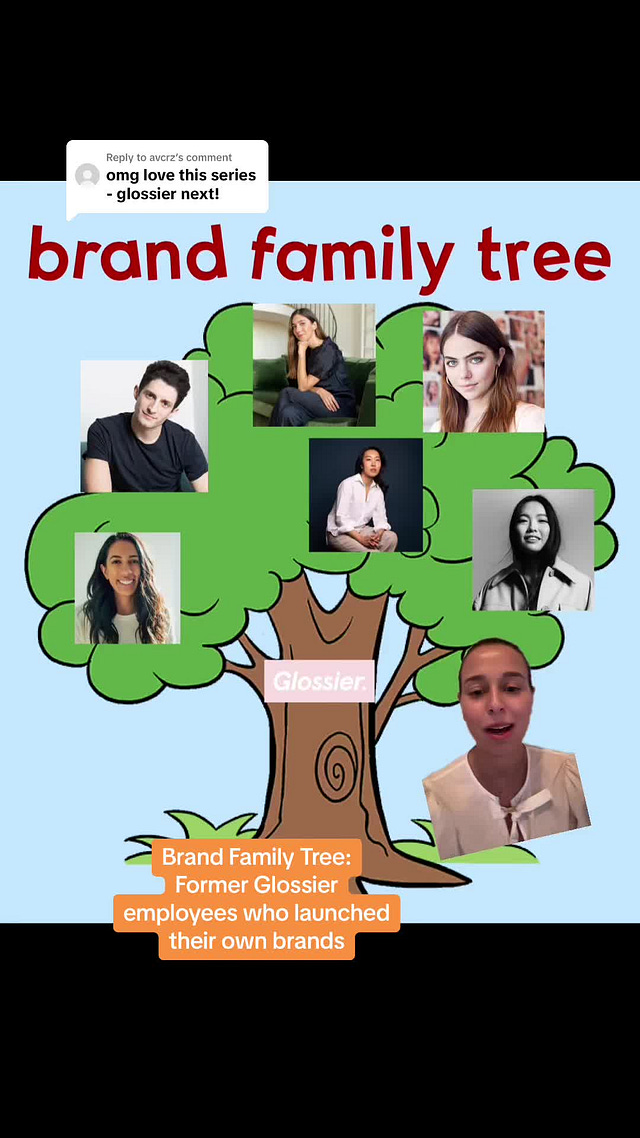
 Tiktok failed to load.
Tiktok failed to load.Enable 3rd party cookies or use another browser
Where are you discovering new brands or things for your TikTok? Or just in general—where are you finding inspiration these days?
Honestly, a lot through my friends and just being in New York. I feel like I’ll see something on my Pinterest feed, and then two days later, it pops up on my Instagram feed. Finding things online is amazing once you know what you’re looking for. But I actually think discovering new things online—before other people are already talking about them—is quite challenging.
All these algorithms are designed to show you what’s already going viral or things they think you’ll like because you searched for something similar somewhere else. So in my opinion, it’s tough to find things online unless you’re really deep into niche platforms—like Are.na, which is a great tool, but not the easiest to use.
Lately, I’ve been spending less time aimlessly scrolling online and more time doing focused research—like, if I have a conversation with someone and they mention something interesting, then I’ll go into a deep dive.
So honestly, I love putting myself in rooms where I don’t know the most—maybe not that I don’t know the most, but where I don’t know what anyone is talking about. One of my friends, Maria Vogel, is an art advisor and hosts these amazing studio tours with different artists. The first time I went, I was like, I’m not really from the art world—I don’t know if this is for me. But there were so many different people there, and I think that’s the beauty of being in New York. You’re constantly around people who know about things you don’t know about, and vice versa. It’s just this constant knowledge-sharing.
Lately, I’ve been spending less time aimlessly scrolling online and more time doing focused research—like, if I have a conversation with someone and they mention something interesting, then I’ll go into a deep dive.
Retail design is something that’s really inspiring to me right now—just the way brands are bringing their world into a physical space. And that feeling of touching things. Even if you’re not necessarily out to buy something, you still feel fulfilled because you’re surrounded by amazing art, design, architecture. Even the floors look cool. There’s just so much to see and experience.
Are there any small brands you love and think more people should know about?
I love Still Here, the denim brand—not just for their designs but because I really admire the people behind it. Sonia, one of the co-founders, handles all the design and serves as the creative director, so it still has that small-business feel, even though they’re probably doing bigger numbers than a typical small brand.
I also have a soft spot for candy and chocolate brands. Casa Bosques is one I love—the way Rafael Prieto pairs flavors is so interesting. It’s like a modern-day Willy Wonka moment. Casa Bosques is also tied to a creative studio and a bookstore in Mexico City, which makes it even cooler.
It’s funny because we’re all in our own little worlds when it comes to brands. I could name something and think, Surely, everyone knows this by now, but someone else might have never heard of it. And defining a small brand is tricky. Like, by market standards, Still Here is probably a small business, but they’re successful—just not doing a billion dollars a year. And they’re not trying to be Levi’s, which is what makes them special.
I joke that the Thingtesting directory has come to life at Whole Foods—so many of those brands are on shelves now, which is great for them.
It’s also interesting how the direct-to-consumer landscape has shifted. There was a time when every brand wanted to sell DTC, but now it’s incredibly tough—the cost of ads, shipping, and returns makes it unsustainable for a lot of businesses. That’s why you’re seeing major brands, even ones that started as DTC-only, leaning into retail. Like, when Thingtesting started, it was all about discovering brands you couldn’t find in stores. Now, most of those brands are prioritizing retail because it just makes more sense. I joke that the Thingtesting directory has come to life at Whole Foods—so many of those brands are on shelves now, which is great for them. More people have access, and for brands, getting into Whole Foods or Target is way more scalable than selling six-packs of soda online and hoping people will pay $50 for shipping.
What’s the last thing you bought that you feel really good about, and how did you find out about it?
I recently bought a roll-neck sweater from Alex Mill, and I feel great about it. I kept getting ads for it, which is funny because I usually don’t get influenced by ads—I’ve worked in consumer brands for so long that I’m pretty immune. But they kept styling it in a way that made me think, I need that.
I love Alex Mill as a brand, and their store in SoHo is such a nice shopping experience. Every time I go in, I tell them how nice they are because, honestly, shopping in person has become kind of miserable — stores never have your size, there’s no one to help you, and sometimes it just feels easier to shop online. But Alex Mill is the exception.
I finally went in, tried the sweater on, and bought it on the spot, which is rare for me. I’m usually super indecisive—I think about things for days, and then by the time I really want them, they’re sold out. But this time, I just went for it. I wore it all weekend when I visited my parents, and my mom was like, Do you have any other clothes? And I was like, Nope, just this.
Thank you, Emma! This was so fun. You’ve got me watching TikTok now after holding out for so long—just so I can binge all of your wonderful content.
Follow @gr8collab on TikTok and subscribe to
for more from Emma.From the Archive
I loved this conversation with Camilla, and after coveting a Muuñ bag since discovering them through her in this interview, I finally got one for myself recently.
The Essential List is paywall-free and available to everyone. You can support this newsletter by liking this post, leaving a comment and sharing it with anyone who you think would enjoy it. Thanks for being here! ❣️


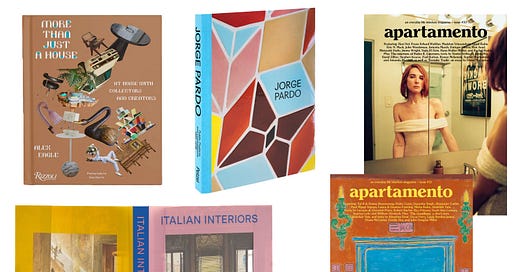



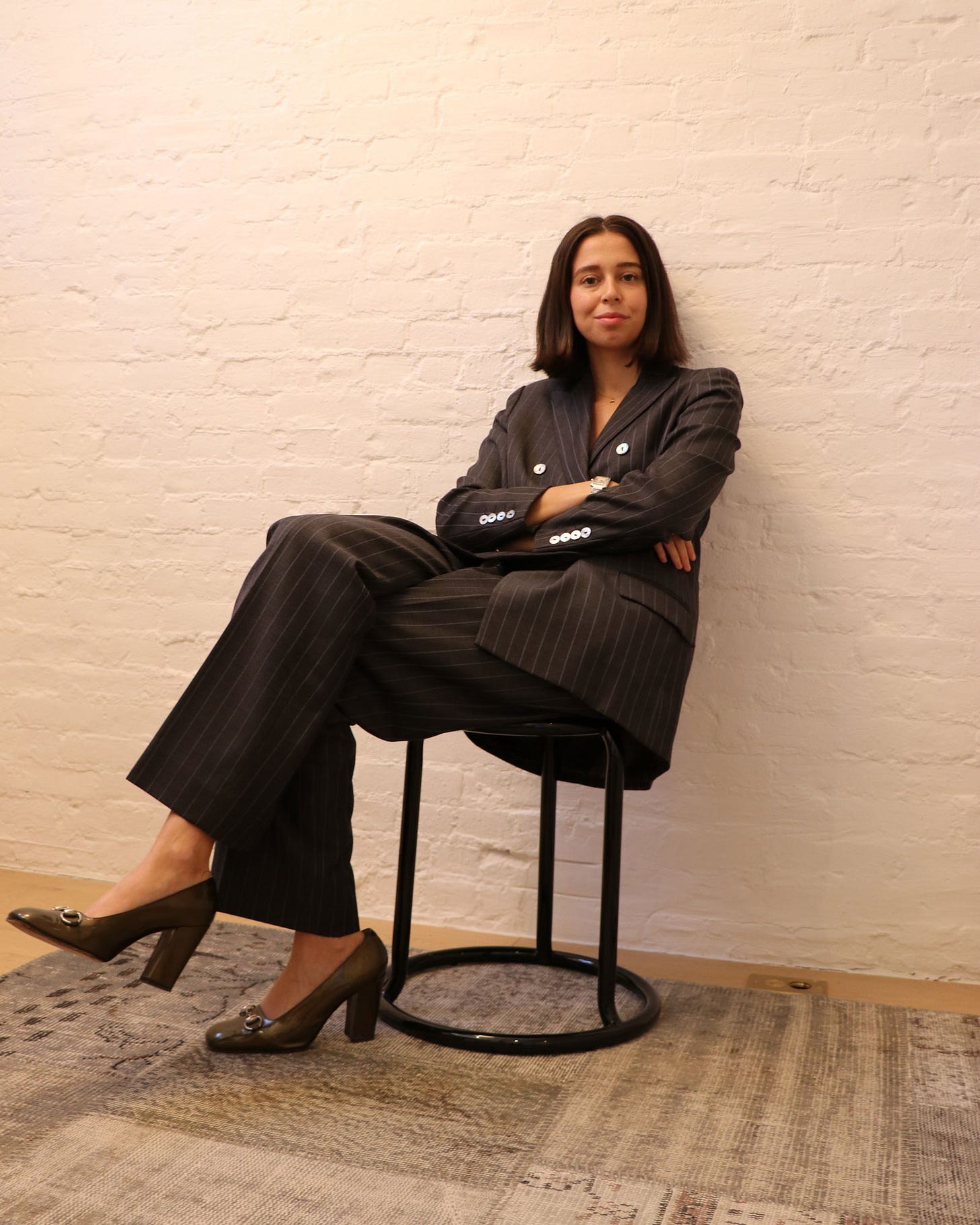
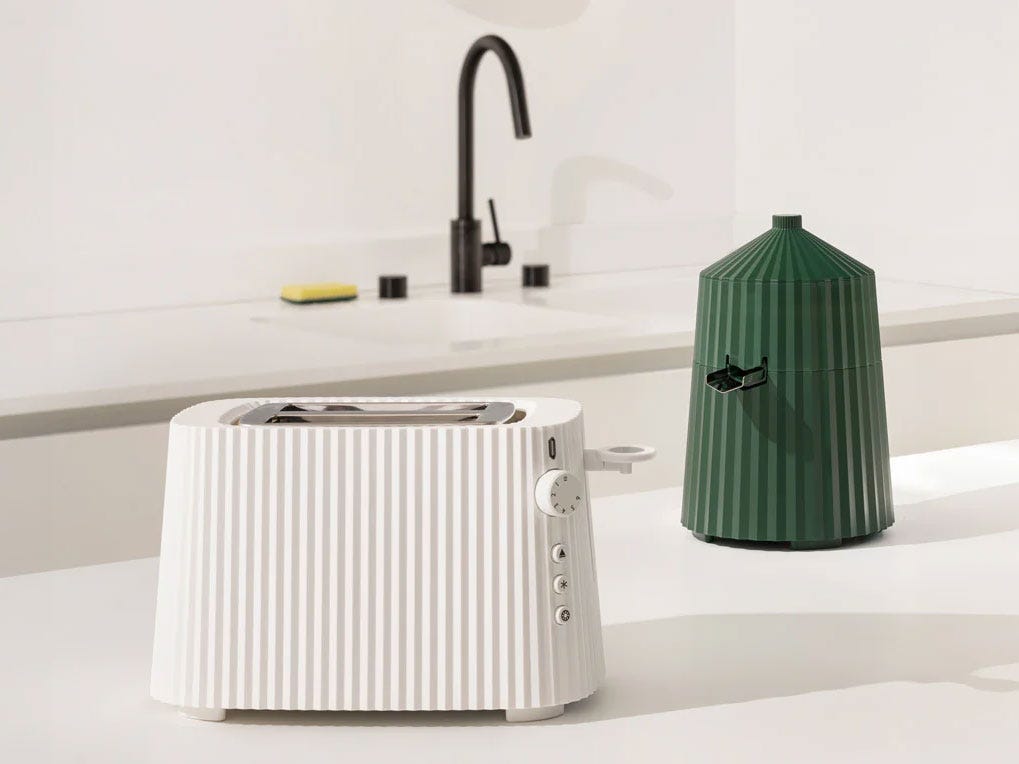
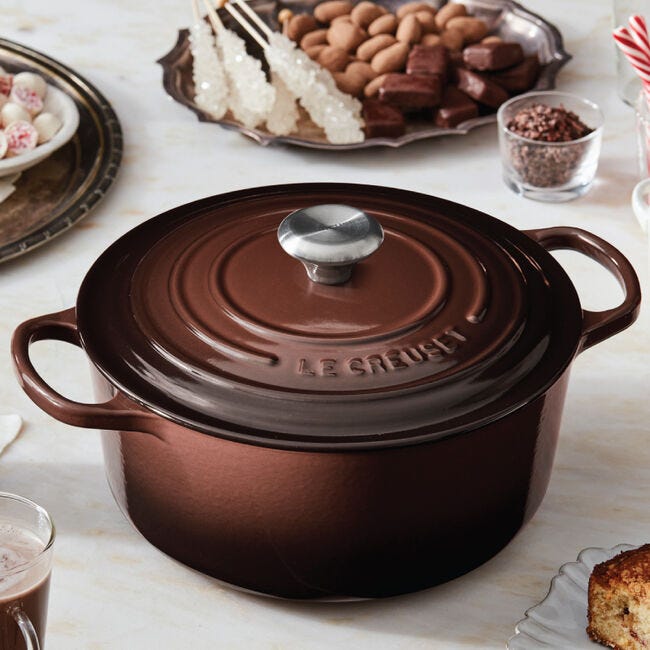
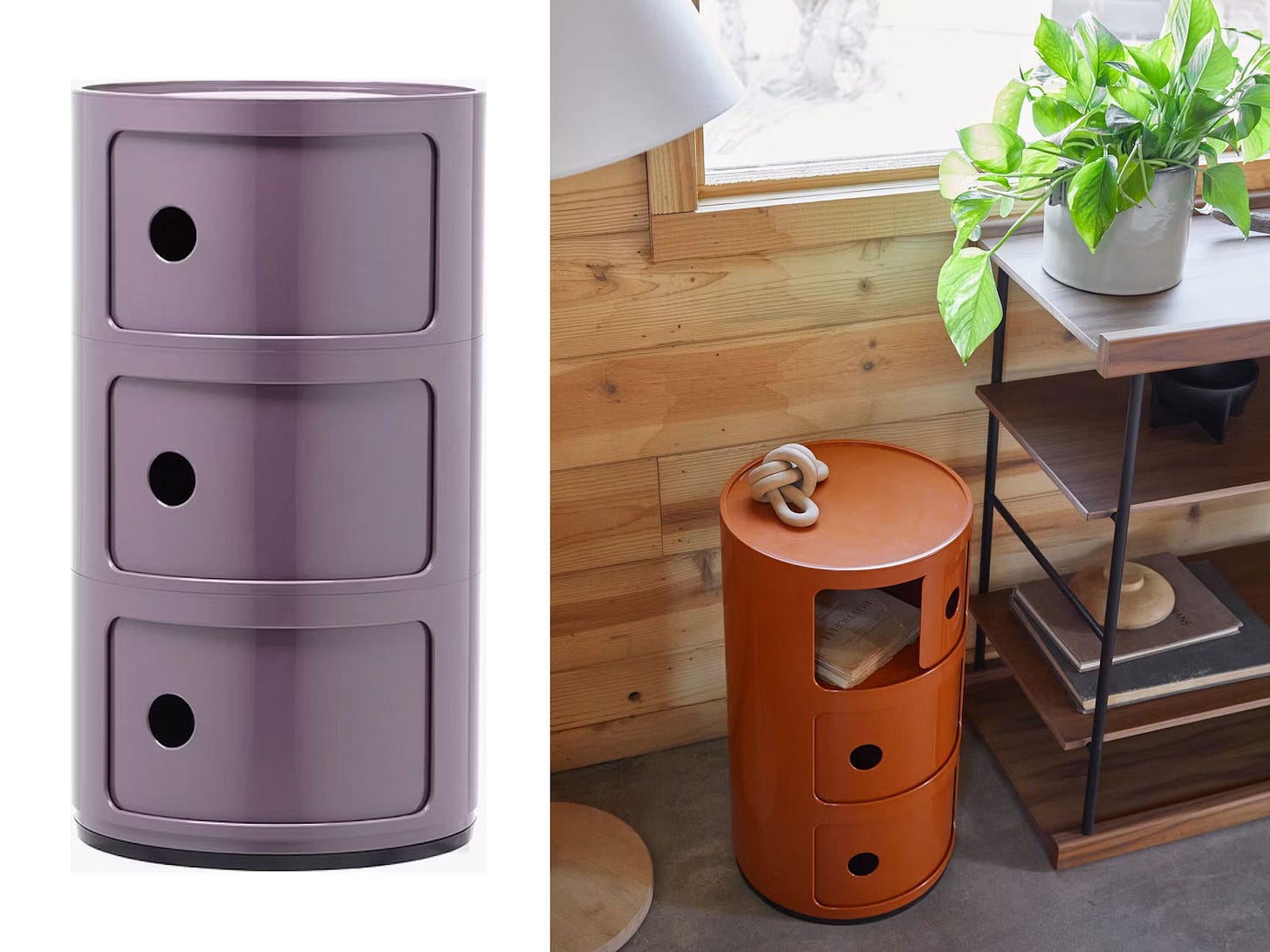

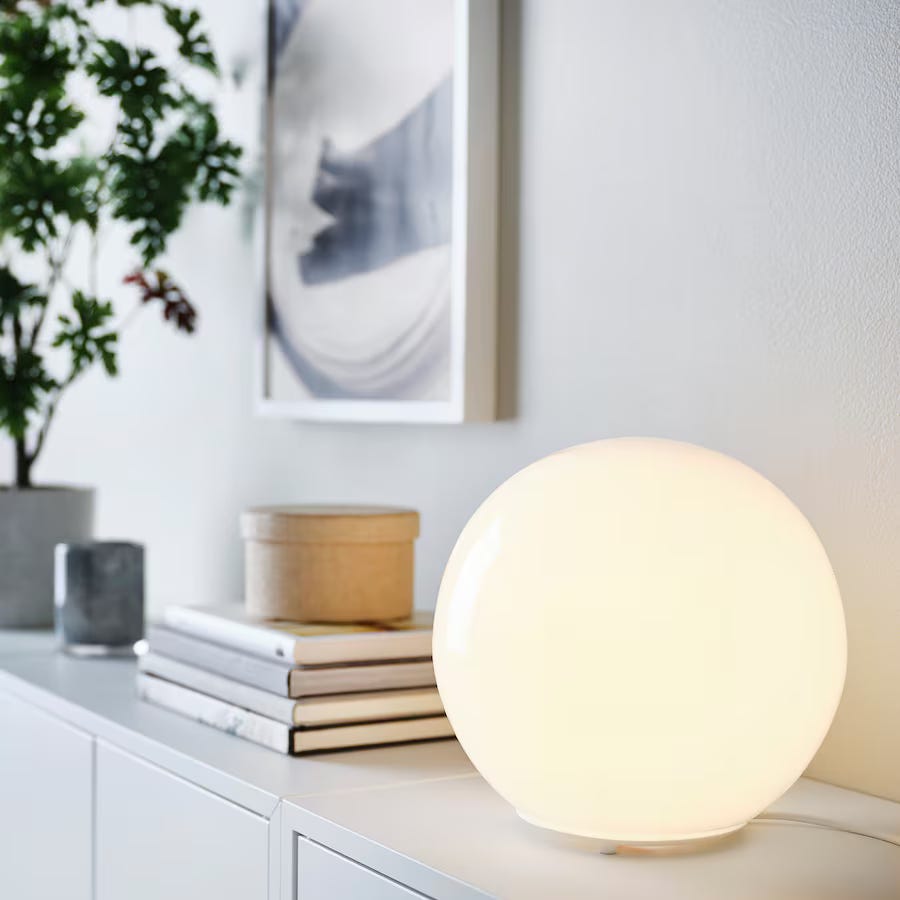
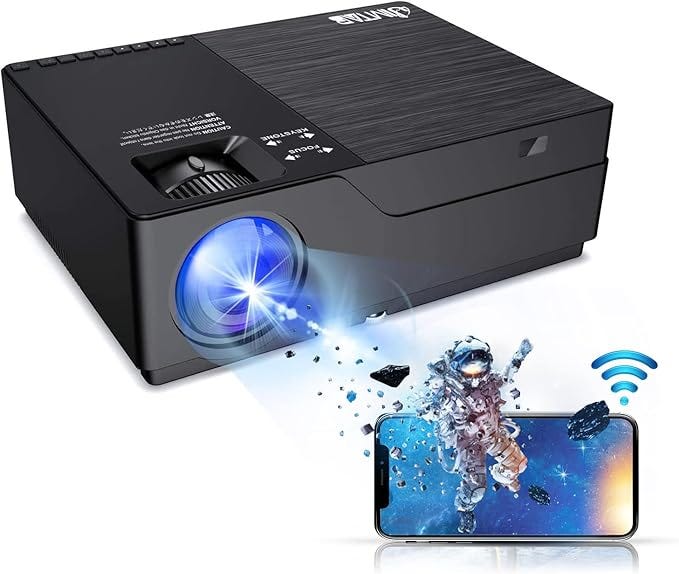
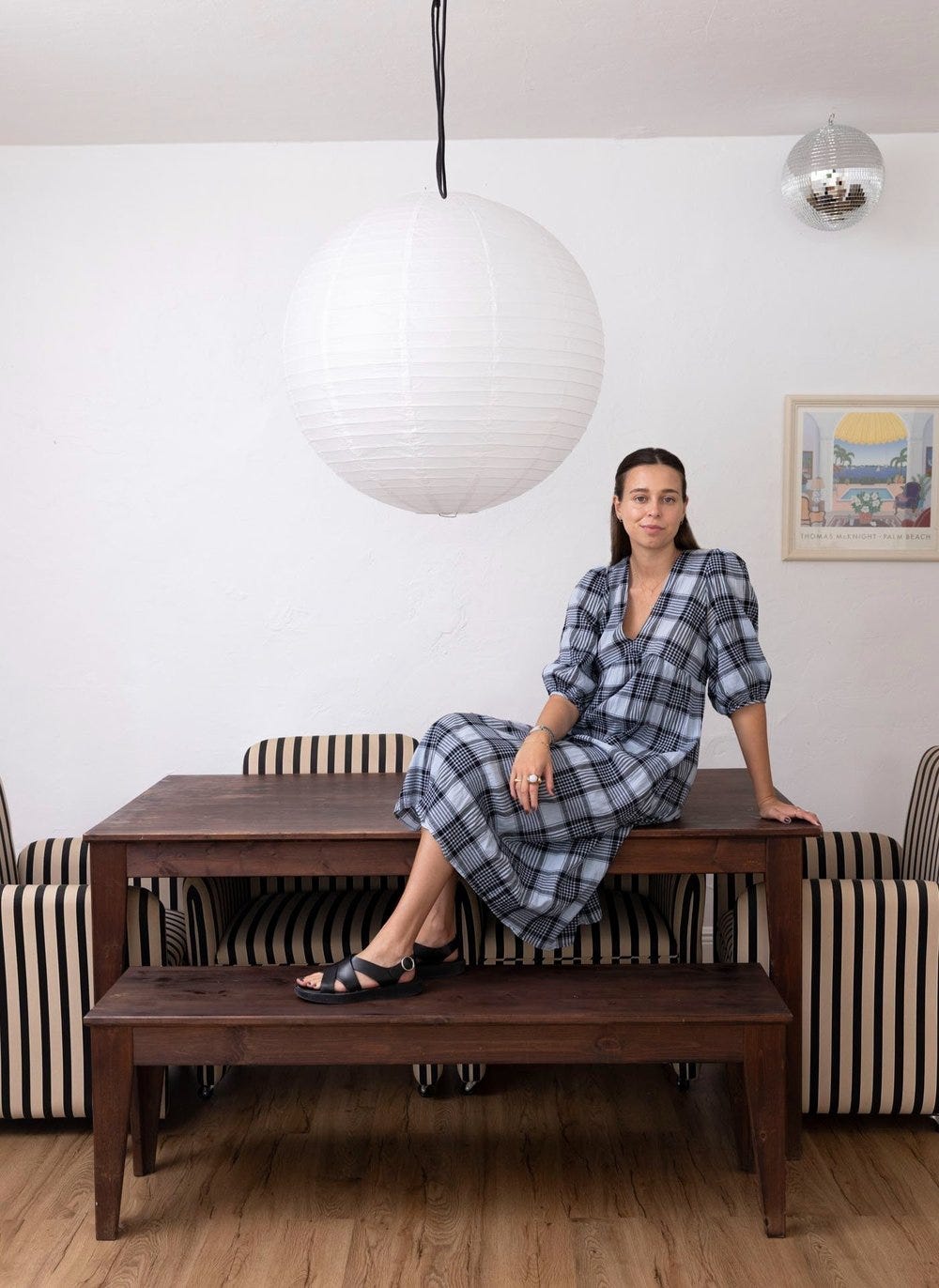

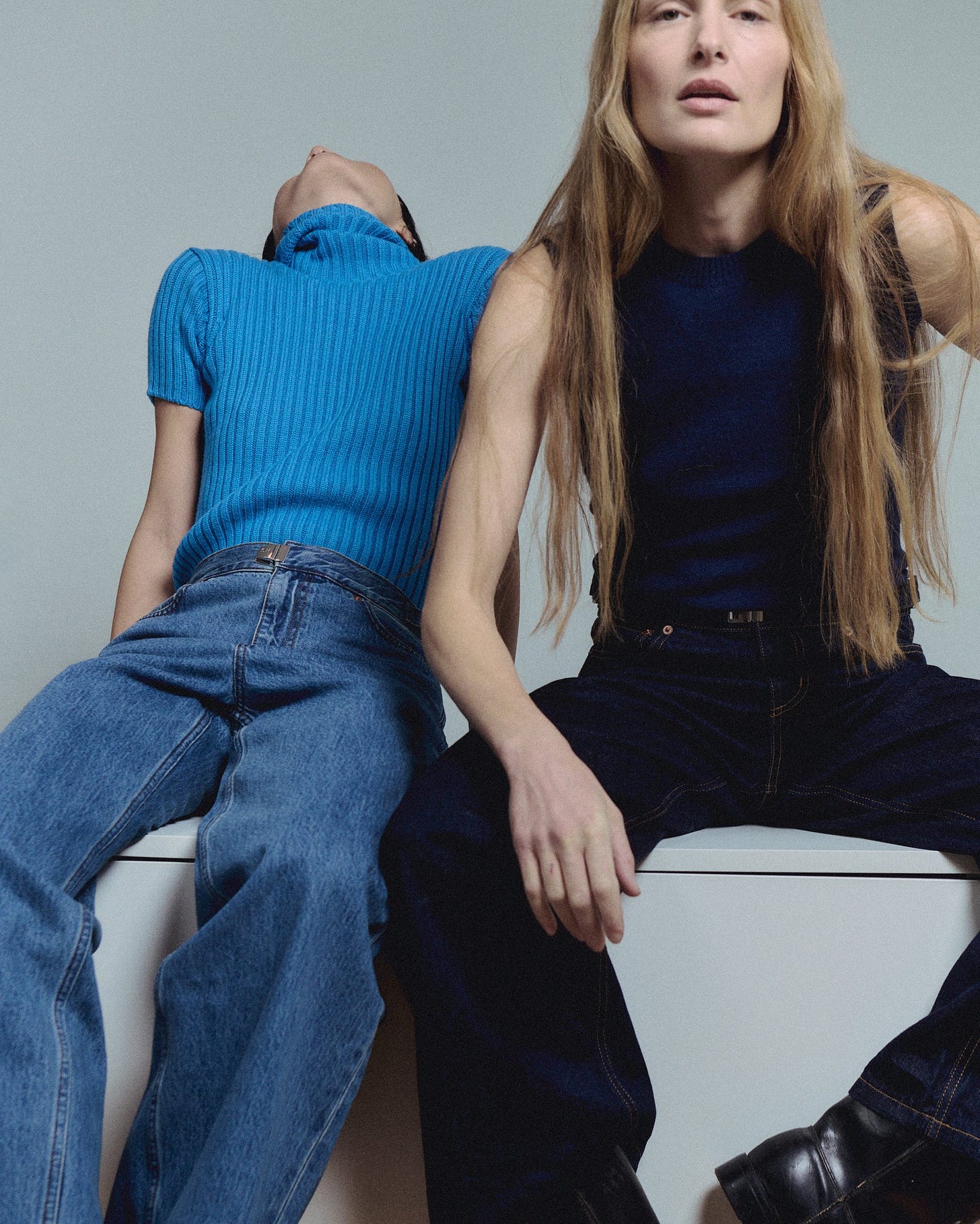
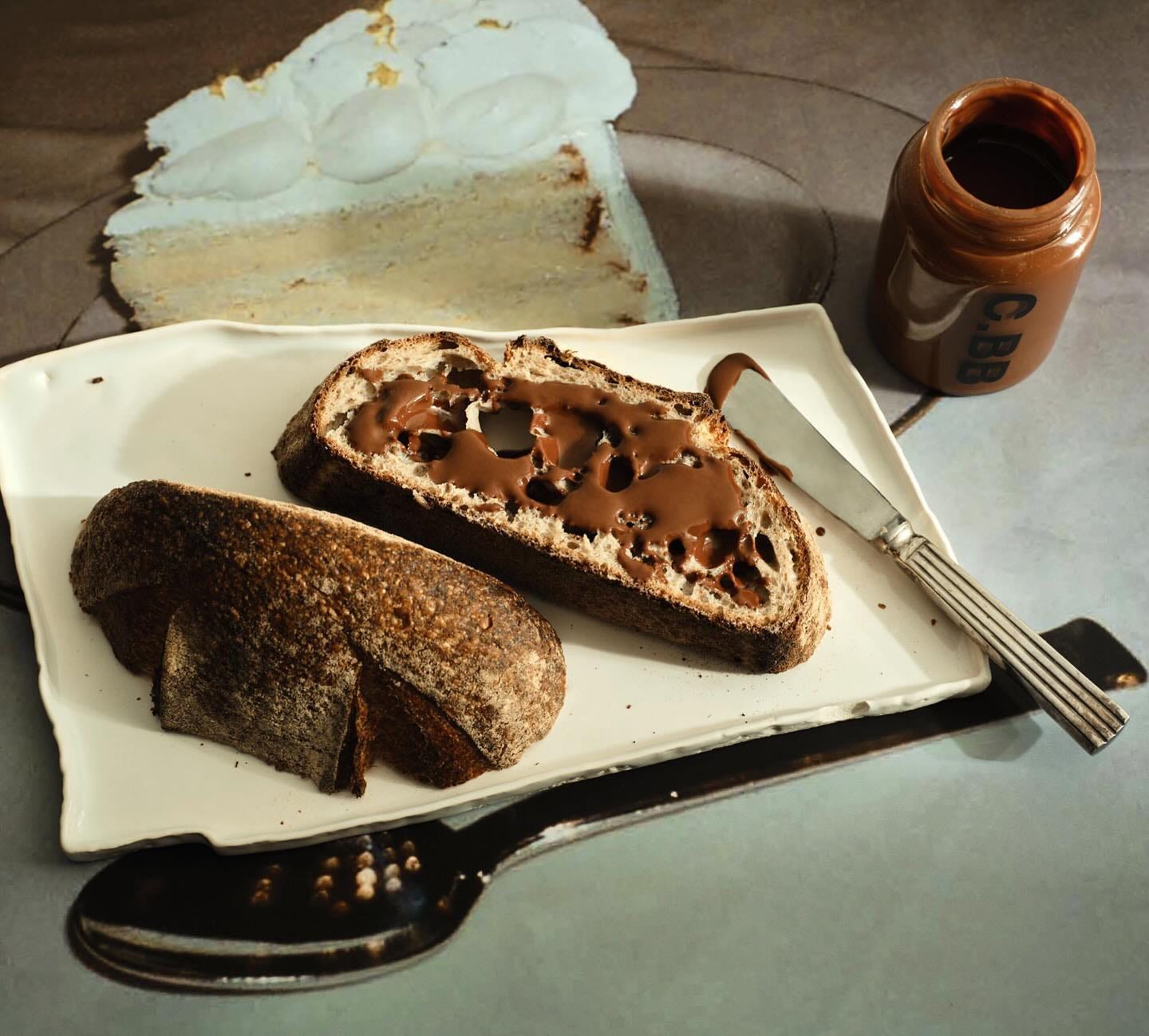
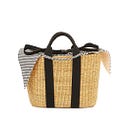
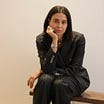
Loved this so much- and love Emma